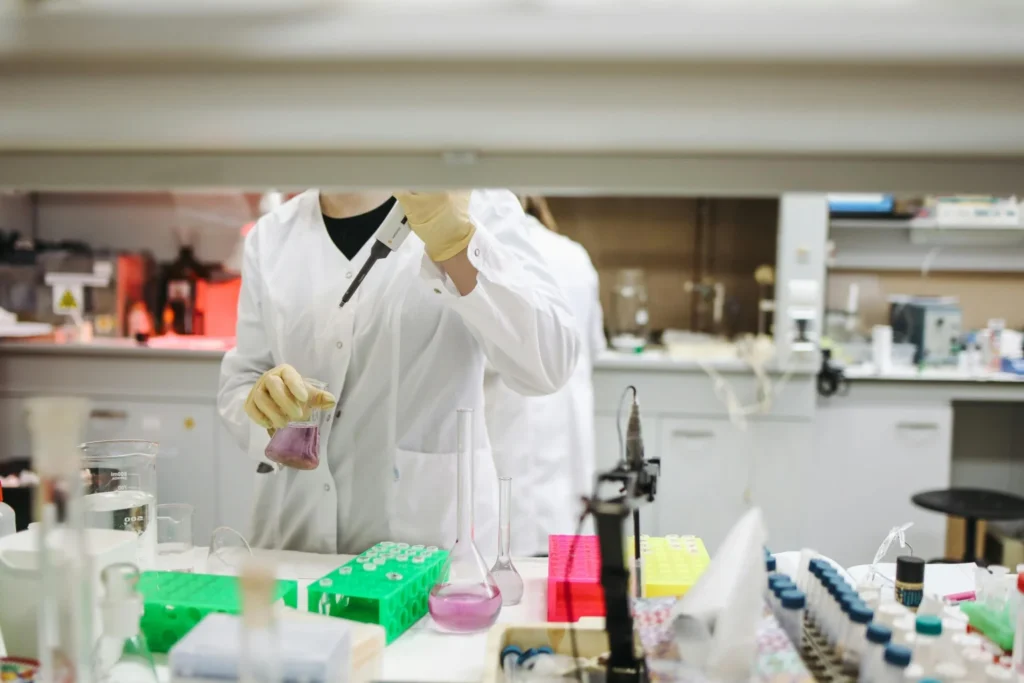The U.S. tax landscape continues to evolve, and one of the most significant developments for businesses engaged in research and development (R&D) activities is the introduction and amendment of Section 174A under the One Big Beautiful Bill Act (OBBBA). This article outlines the key elements of the Section 174A ruling, its treatment in tax filings, and what businesses—particularly small businesses—need to consider going forward.
What Is Section 174A?
Section 174A represents one of the major changes introduced by the One Big Beautiful Bill Act (OBBBA) in July 2025. It is designed to temporarily reverse the stringent amortization requirements imposed by the Tax Cuts and Jobs Act (TCJA) on domestic research and experimental (R&E) expenditures.
To fully comprehend Section 174A, it is essential to understand the prior regulatory framework:
Background – TCJA Changes to Section 174 (Effective 2022)
Beginning with tax years starting after December 31, 2021, the TCJA fundamentally changed how taxpayers must treat R&E expenditure under Section 174:
- Mandatory Amortization:
Taxpayers were no longer permitted to immediately deduct R&D expenses. Instead, all R&E expenditures had to be capitalized and amortized over a prescribed period. - Amortization Periods:
- Domestic R&E: Amortized over 5 years using the midyear convention.
- Foreign R&E: Amortized over 15 years, regardless of the business structure or size.
- Expanded Scope:
The TCJA clarified that software development costs are included within Section 174, requiring amortization and thereby increasing compliance burdens, particularly for technology companies and startups. - No Abandonment Deduction:
Even if a research project was discontinued, the unamortized expenses could not be immediately deducted; amortization was required to continue as scheduled.
How Should It Be Treated on the Tax Return?
For tax years beginning after December 31, 2024, taxpayers with domestic R&D expenditures may elect to immediately deduct those expenses under Section 174A. This reinstates the ability to fully expense U.S.-based research costs on federal tax returns rather than amortizing them over five years as mandated under the TCJA.
Importantly, the OBBBA allows businesses to file amended returns for the 2022, 2023, and 2024 tax years to retroactively apply immediate expensing for domestic R&D expenses, provided eligibility criteria are met.
This opportunity enables businesses to:
- Recover any overpaid taxes.
- Correct prior filings that applied mandatory amortization.
- Improve current-year financial outcomes through potential refunds or carrybacks.
However, it is important to note that foreign R&E expenses remain subject to 15-year amortization and are not eligible for retroactive immediate expensing.
When Did It Start?
Section 174A becomes effective for tax years beginning on or after January 1, 2025, and remains in effect through December 31, 2029. The original requirement to amortize Section 174 expenses began under TCJA starting in 2022.
How Did It Change with OBBBA?
Prior to OBBBA, the TCJA required all R&D expenditures under Section 174 to be amortized over 5 years (for domestic) or 15 years (for foreign), even if expensed under Section 162 in the past. OBBBA partially repeals this for domestic R&D by creating Section 174A, which restores immediate expensing for U.S.-based R&D while retaining amortization for foreign R&D.
What Is the Impact on Small Businesses?
Under OBBBA, those with gross receipts of $31 million or less (as defined under the general small business thresholds) may benefit significantly from the immediate deduction of R&D expenses, improving cash position and reducing tax liability in the current year. This change also reduces the complexity of accounting for R&D amortization.
Who Is Qualified and Not Qualified?
Qualified:
- U.S.-based businesses incurring domestic R&D expenses that meet the definition under IRC Section 174.
- Businesses with gross receipts ≤ $31 million may be eligible for certain simplified rules or additional relief under OBBBA.
Not Qualified:
- Any business with foreign-based R&D expenditures (these must still be amortized over 15 years).
What Should Businesses Do If They Qualify?
If your business qualifies:
- Review and identify which R&D costs are U.S.-based and ensure they meet Section 174 definitions.
- Coordinate with your tax advisor to make full expensing under Section 174A on your 2025 tax return.
- Maintain detailed documentation of research activities, expenses, and employee time allocations.
- file amended returns for the 2022, 2023, and 2024 tax years to retroactively apply immediate expensing for domestic R&D expenses
Potential Tax Implications
- Lower taxable income in the year of expense, leading to immediate tax savings.
- No future deductions from amortization, so businesses must consider timing differences.
- Interaction with R&D tax credit must be handled carefully to avoid double-dipping or reduced credit under Section 280C.
When Will the IRS Announce Official Guidelines?
As of now, the IRS has not yet issued formal guidance on Section 174A under OBBBA. The IRS is expected to release proposed regulations or administrative guidance before the 2025 filing season—potentially in late 2024 or early 2025. Businesses are advised to monitor IRS publications and work with their tax professionals to stay informed and compliant.
Conclusion
Section 174A under OBBBA represents a significant and welcome improvement in how R&D expenditures are treated for U.S.-based businesses. It provides valuable tax relief by allowing immediate expensing of domestic research costs, enhancing cash flow and supporting innovation. Businesses—especially small and growing companies—can benefit greatly by planning now to maximize the opportunities this change offers starting in 2025.
If you need any help understanding these key changes and how it impacts your business, feel free to contact us.






